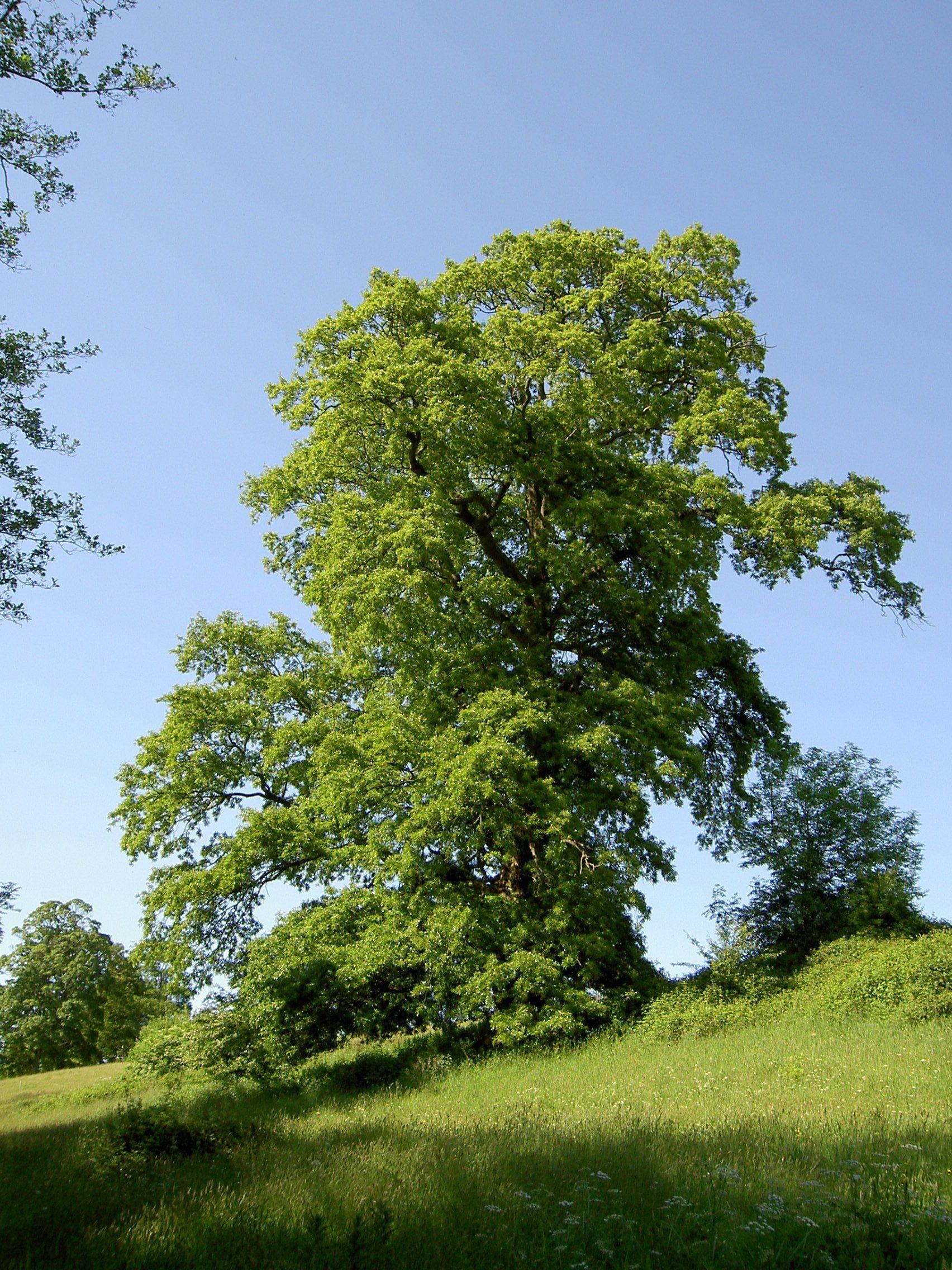
Turkey oak (Quercus cerris)
Turkey oak, also known as Austrian oak
The Turkey oak (Quercus cerris) is a deciduous tree indigenous to southeastern Europe and Asia Minor, including regions such as Italy, Greece, Turkey, and the Balkan Peninsula. Frequently utilized as an ornamental tree and for coastal windbreaks, it features greenish-yellow catkins that are wind-pollinated and require 18 months to develop into acorns. These acorns serve as a crucial food source for various wildlife, including birds and squirrels. Additionally, the tree provides habitat and shelter for numerous species, contributing significantly to the biodiversity and health of its native ecosystems.
Key Facts About Turkey oak
Attributes of Turkey oak
Lifespan
Perennial
Plant Type
Tree
Plant Height
12 m to 18 m
Spread
12 m to 18 m
Leaf Color
Green Brown
Flower Size
2.5 cm
Flower Color
Yellow Green
Scientific Classification of Turkey oak
Phylum
Vascular plants
Class
Dicotyledons
Order
Fagales
Family
Beech
Genus
Oaks
Species
Turkey oak
Toxicity
Ingestion